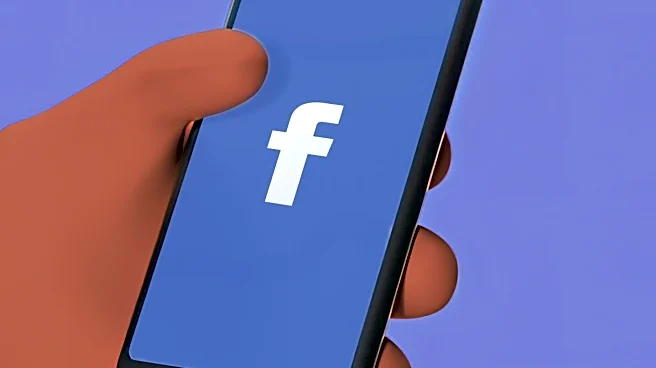What's Happening?
The 'stack dating' trend, which involves scheduling multiple first dates in a single day, is gaining popularity among singles looking to optimize their dating lives. This approach, sometimes referred to as
'errand dating,' allows individuals to fit dates into their daily schedules, such as during lunch breaks or after work. The trend has been particularly embraced by Gen Z, with many sharing their experiences on social media. Despite its growing popularity, experts express skepticism about the effectiveness of stack dating in fostering meaningful connections. They argue that while it may save time, it could also compress emotional space and reduce opportunities for genuine interaction.
Why It's Important?
The rise of stack dating reflects broader changes in how people approach relationships in the digital age. As dating apps and social media continue to influence dating behaviors, individuals are increasingly seeking efficient ways to meet potential partners. However, the trend raises concerns about the quality of connections formed through such practices. Experts warn that stack dating may lead to superficial interactions and hinder the development of deeper relationships. This shift in dating culture could have implications for how people perceive and prioritize romantic connections, potentially affecting societal norms around dating and relationships.
What's Next?
As stack dating continues to gain traction, individuals may need to reassess their dating strategies to ensure they are fostering meaningful connections. Experts suggest approaching each date with intention and being mindful of the potential drawbacks of scheduling multiple dates in quick succession. Additionally, daters might consider setting boundaries on the number of people they date simultaneously to avoid feeling scattered or overwhelmed. As the trend evolves, it may prompt further discussions about the balance between efficiency and emotional depth in modern dating practices.
Beyond the Headlines
The popularity of stack dating highlights the growing influence of technology and social media on personal relationships. As individuals navigate the complexities of dating in the digital age, there may be a need for new approaches to relationship-building that prioritize emotional connection over convenience. This trend could also spark conversations about the role of technology in shaping interpersonal dynamics and the potential impact on long-term relationship stability. As society continues to adapt to these changes, there may be opportunities for innovation in dating platforms and services that cater to evolving preferences and needs.











